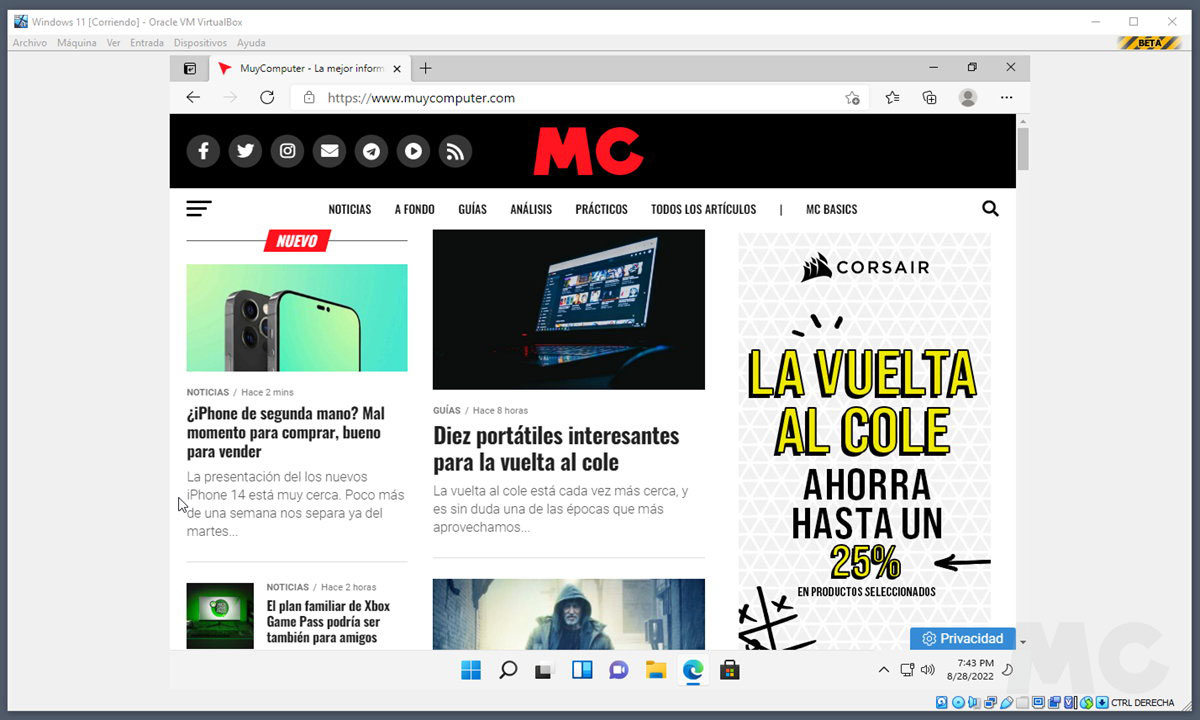There are plenty of virtualization tools out there, but if you’re looking for a free (and open source) solution that offers solid support for a wide variety of host and guest operating systems, you can’t go wrong with VirtualBox 7 Final. It’s just been released by Oracle, and if you’re interested, we invite you to check out this hands-on where we beta test it.
The main novelty of this version is full support for SecureBoot, TPM 1.2/2.0 and EFI improve compatibility with Windows 11. These two changes now allow VirtualBox customers to run Windows 11 on fully compatible virtual machines without any hacking or bypassing Microsoft’s minimum hardware requirements.
Other interesting features are full virtual machine encryption, including virtual machine configuration logs and saved states. So far heThe feature is only available from the command line interface, butStill, it adds another level of protection to virtual machines when in use.
Other news that you can see in the release notes include support for virtual machines in the cloud, 3D support in DirectX 11, the ability to start a virtual machine in a session / before logging into a profile, or changing the codec that VirtualBox uses for audio recordings, which is now Vorbis instead of Opus.

The GUI has changed in several key areas. There is a new tool that displays performance statistics when selected, highlighting CPU and RAM usage, storage disk I/O speed, and other information about running guest systems.
Of course, in addition to Windows 11, VirtualBox 7 offers support for the remaining versions of Windows, for macOS 11 (Big Sur) and macOS 12 (Monterey), for Linux (Ubuntu 20.04 LTS, Ubuntu 22.04 LTS or Debian 11, among others.) and also for Solaris provider. Existing installations can be upgraded by installing the new version over the old one. All VMs that existed in the previous version will be migrated to the new version.

Otherwise, we still recommend virtualization as the ideal technology for software testing and especially operating systems. It’s been in use since the 1960s, and as it was then, it’s still a fast, convenient, and secure way to run software, especially in professional environments, but also for consumers. We have published a good collection of guides and tutorials for using virtual machines that we recommend.
